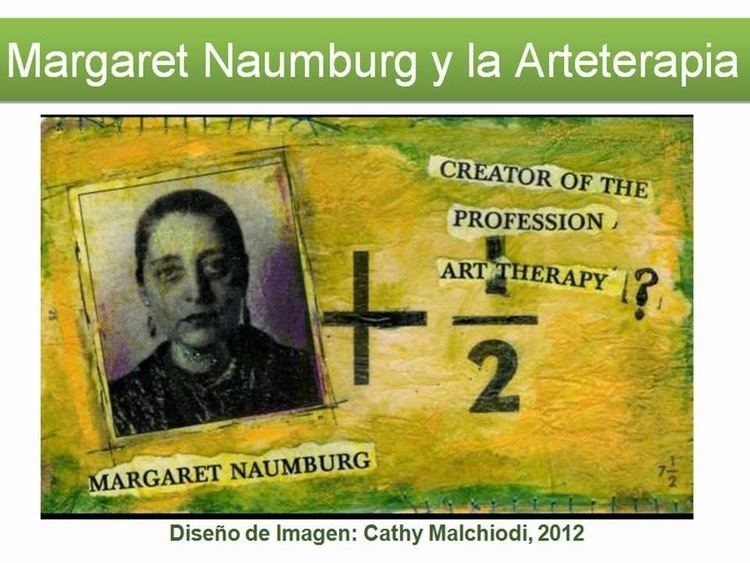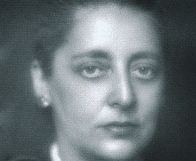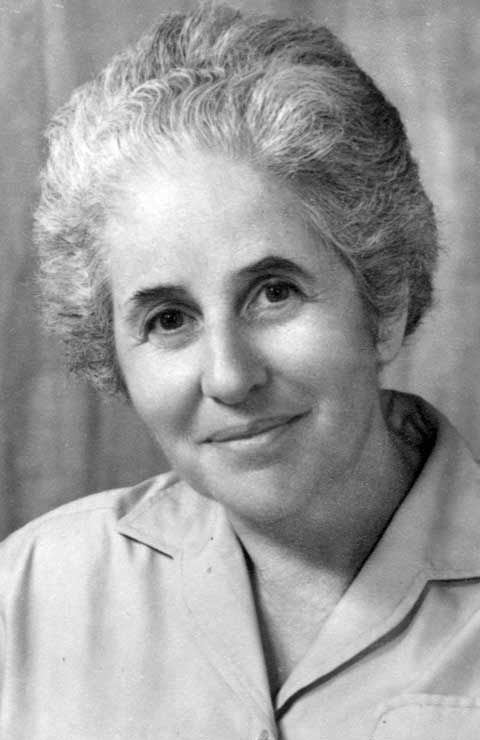Citizenship United States Name Margaret Naumburg Residence United States of America | Nationality United States | |
 | ||
Born Margaret Naumburg14 May 1890New York City, New York, United States ( 1890-05-14 ) Institutions Known for First American psychologist to provide training and graduate level courses in art therapy. Introduction of the first Montessori school in America. Notable awards Honorary Life Membership, American Art Therapy Association, Ernest Kris Prize in 1973, Fellow of the American Orthopsychiatric Association and the American Psychological Association Books Dynamically Oriented Art Therapy: Its Principles and Practices, Illustrated with Three Case Studies Alma mater Vassar College, Barnard College, Columbia University, London School of Economics and Political Science | ||
Margaret Naumburg speech
Margaret Naumburg (May 14, 1890 – February 26, 1983) was an American psychologist, educator, artist, author and among the first major theoreticians of art therapy. She named her approach dynamically oriented art therapy. Prior to working in art therapy, she founded the Walden School of New York City.
Contents

Life and work
Naumburg finished undergraduate studies at Vassar and Barnard colleges in New York.

She did graduate work at Columbia University with John Dewey in education and at the London School of Economics. While in Italy she studied with Maria Montessori.
She opened Walden School in New York City. It began with two teachers and ten students focusing on letting children develop their own interests and ideas. Naumburg believed children would not only learn knowledge, but learn how to use knowledge to their advantage.:

Up to the present time, education has missed the real significance of the child’s behavior by treating surface actions as isolated conditions. Having failed to recognize the true sources of behavior, it has been unable effectively to correct and guide the impulses of human growth.... The new advances in psychology, however, provide a key to the real understanding of what makes a child tick.
Many notable individuals taught at the Walden School including Lewis Mumford, Hendrik van Loon, and Ernest Bloch.
Naumburg married writer Waldo Frank, with whom she had a son, Thomas, in 1917. They divorced in 1924.
Margaret Naumburg is attributed as introducing art as a therapeutic modality in the 1940s. Naumburg utilized art for diagnosis and therapy. However she was not alone in this endeavor. She was unique in using it as a primary agent rather than an auxiliary tool. She called her approach Dynamically Oriented Art Therapy based primarily on Freudian theory. Naumburg viewed Art Therapy as a distinctive form of psychotherapy. She was also sympathetic to Jungian notions of universal symbolism and Harry Stack Sullivan's ideas about interpersonal psychiatry. Building of the work of Freud and Jung, Naumburg explored the inner personal meaning of symbols. Naumburg insisted the only valid interpretation of anyone's art came from them. She was skeptical about simple or rigid approaches to symbolic meaning consistent with Freud's teaching about dream analysis. Naumburg's directive of choice was scribble drawing. Naumburg would have her client close their eyes and then scribble on a piece of paper. She would then ask the client to develop the images they saw in the scribble. Scribble drawing was developed by her sister Florence Cane. She used this technique believing it helped release unconscious imagery.
Dynamically Oriented Art Therapy is based on recognizing that man's fundamental thoughts and feelings come from the unconscious. Often thoughts and feelings are reached through expression in images rather than words. Like psychoanalytic procedures, images may deal with dreams, fantasies, daydreams, fears, conflicts and memories. Whether trained or untrained individuals have the capacity to project their inner conflicts into visual form. In this approach, the therapist withholds interpretation encouraging clients to discover what their picture means to them. It was important to Naumburg to avoid interpreting or commenting on the client's artwork so the client would not change their mind about what was created and to avoid being wrong. Naumburg used art as the means for clients to visually project their conflicts, and when it was too difficult for the client to relax, she would provide them with art lessons or specific directive projects instead.
Naumburg was the first honorary life member of the American Art Therapy Association, which was awarded in 1971. She taught art therapy at undergraduate level at New York University. She successfully lobbied for the creation of a graduate level program at the university that began in 1969. Naumburg taught into her eighties. She died in 1983 at the age of 92.
